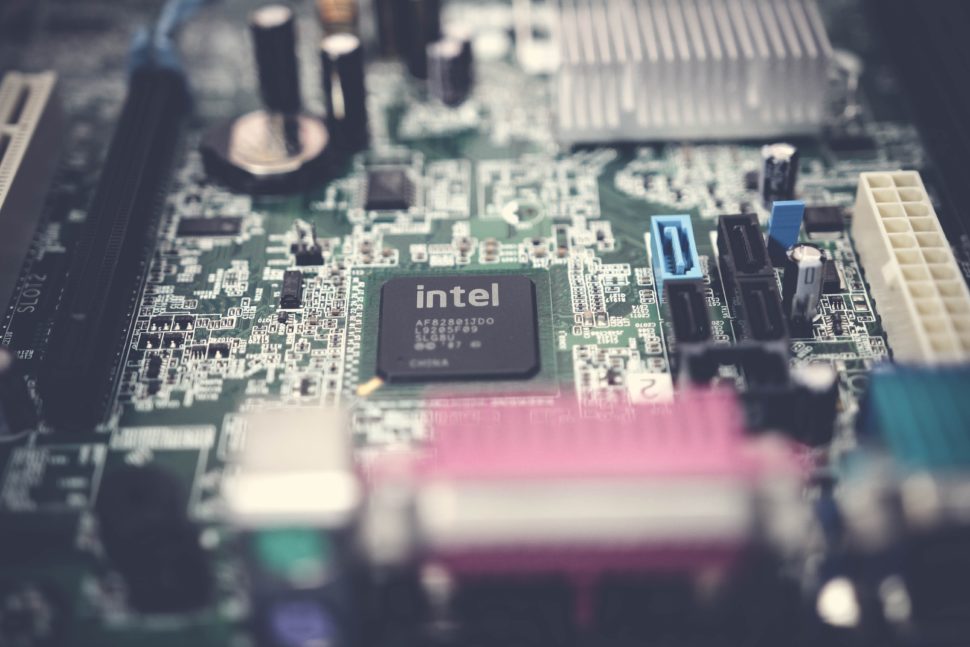Known for their computer processors and competing with AMD, Intel doesn’t often make headlines. After all, most articles simply focus on which CPU is better (Intel vs. AMD).
But today, Intel featured in two news stories at competing edges of the news spectrum.

Plans Unveiled for $8-billion Ireland Facility
Not many outlets have picked up this story despite it being a few days old already. The company’s own online Newsroom seems void of information on this new deal. However, there are details available about the side and purpose behind the facility.
To be located in Co Kildare, Ireland, the news suggests an expansion of past plans. The tech company will add another ~118,000 sq. ft to its ~97,000 sq. ft manufacturing plant.
Their current Leixlip campus employs around 4,500 people and focuses mostly on raw manufacturing. The expansion should add around 1,600 more staff members after four years of construction.
The additions will bring a few new large buildings, as well as the following:
- eight large water tanks measuring more than 200 feet high
- ~164 feet tall towers
- wastewater treatment plants
- backup generators
Due to the expected use of around more than 9 million gallons of water daily, the utility redundancy is highly necessary. The plans also include boosts to local infrastructure to help accommodate the sudden expansion.
This deal also represents Ireland’s largest private investment on record to date.

Malware Hides in SGX Enclaves, say Researchers
In contrast to these plans for expansion, researchers discovered that bad actors have yet another way to breach Intel CPUs. This isn’t quite as bad as Spectre and Meltdown, but any malware vulnerability should be treated with caution.
Though previous known issues included side-channel attacks, this new issue affects all modern CPUs from Intel due to Intel Software Guard eXtensions (SGX).
Attackers can trick a user into installing apps that create “malicious enclaves” using one of at least four methods. The attackers can even install it themselves. However, these enclaves don’t have full access to the same operations that a local OS might have.
Despite this, the researchers published their proof-of-concept code for anyone concerned.



















Comments (0)
Least Recent